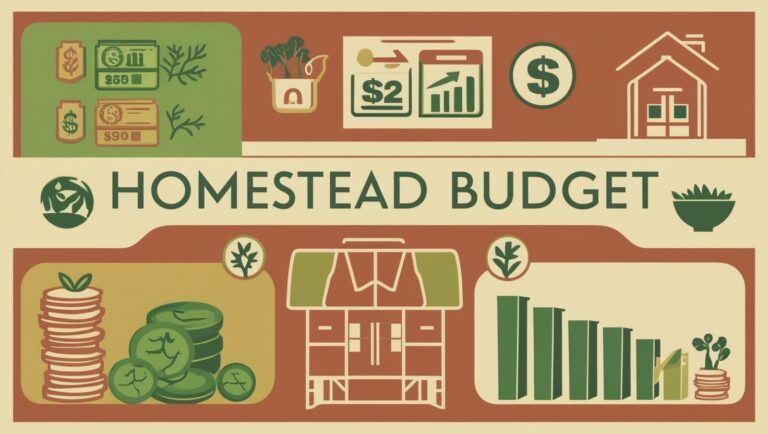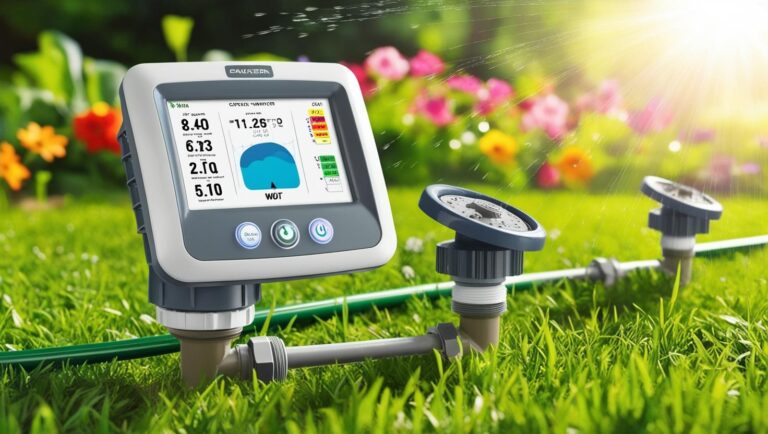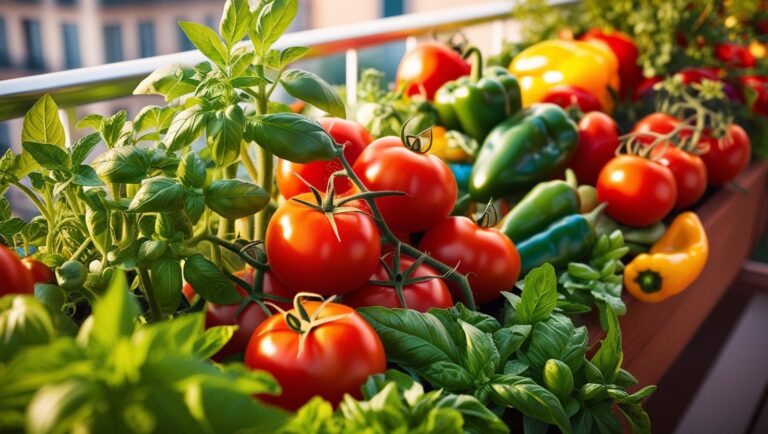Meta Description: Discover 10 clever time-saving hacks that will revolutionize your micro homesteading lifestyle. Get more done with less effort and enjoy the benefits of self-reliance without the overwhelm.
As a fellow micro homesteader, I know firsthand how overwhelming it can feel to juggle the demands of growing your own food, raising livestock, and maintaining a self-sufficient lifestyle—all while balancing work, family, and the rest of life’s responsibilities.
To be honest, I’m still struggling, but there are a few things that I’m beginning to learn that are helping me complete my long list of to-dos in less time.
In this post, I’m revealing 10 of my favorite time-saving hacks that have been absolute game-changers for my micro homestead.
These tips have helped me become more efficient, productive, and—most importantly—able to actually enjoy the fruits of my labor rather than constantly feeling rushed and stressed, and I want you to feel the same way.
So, here are the time-saving tips that I have begun to implement in my routine:
1. Batch Cook and Prep Your Meals
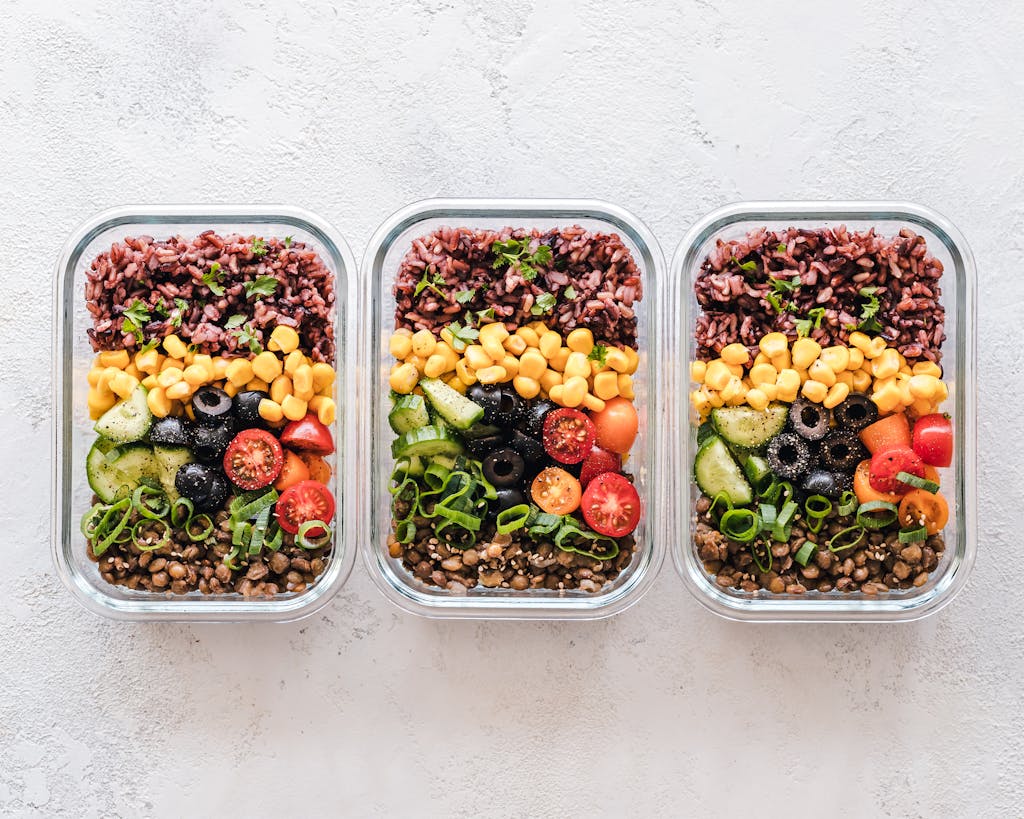
I used to spend hours every day cooking fresh meals from scratch, feeling guilty if I didn’t use every vegetable from my garden right away. What a rookie mistake that was!
These days, I’ve learned that batch cooking is an absolute lifesaver. Every Sunday afternoon, I spend about 3-4 hours prepping meals for the entire week. I’ll turn those extra tomatoes into sauce, prep mason jar salads with my garden veggies, and cook up big batches of soups or stews using my homegrown ingredients.
Here’s what works amazingly well: I designate specific days for certain tasks.
Sunday is my big cooking day. I’ll prep three to four different main dishes that can be easily reheated. Be sure to invest in good-quality glass containers. They’re perfect for both storing and reheating your meals!
On Tuesday, I’ll pressure can bone broth (from our chickens), tomato sauce, and salsas and pickle any veggies that need it. (I found that you can pickle just about anything.)
Thursday is my special batch freezing and baking day! I love to flash-freeze fresh green beans, corn, and other delicious veggies that are in abundance. I also enjoy baking delightful bread loaves, fluffy buns, and scrumptious muffins. And if I’m feeling particularly adventurous, I like to whip up some cookie batter, roll it into logs, and freeze those for a sweet treat later.
The best part? This system saves me at least 5-6 hours during the busy weekdays. Plus, it means less cleanup (because who wants to wash dishes every single night?), less food waste, and way less stress when I’m tired after a long day of homestead chores.
2. Automate Your Watering System
Everything changed for me when I finally installed a simple drip irrigation system with a timer.
I’m not talking about anything fancy here—just some basic drip lines connected to a battery-operated timer I picked up from the hardware store for about $30. It’s the best money I’ve ever spent on my homestead, hands down!
The secret is to create zones that cater to different water needs. For instance, my herbs enjoy a different level of hydration than my thirstier plants, like squash and cucumbers.
I set it to water early in the morning, which helps prevent evaporation and fungal issues. The timer runs everything automatically, even when I’m away visiting family or stuck in meetings for my day job.
Here’s a helpful tip: consider adding a rain sensor to your system! It’s a smart way to avoid wasting water when Mother Nature is already providing her own. I discovered this the hard way after unintentionally creating a muddy mess during a stormy week last spring!
3. Streamline Your Egg Collecting Routine
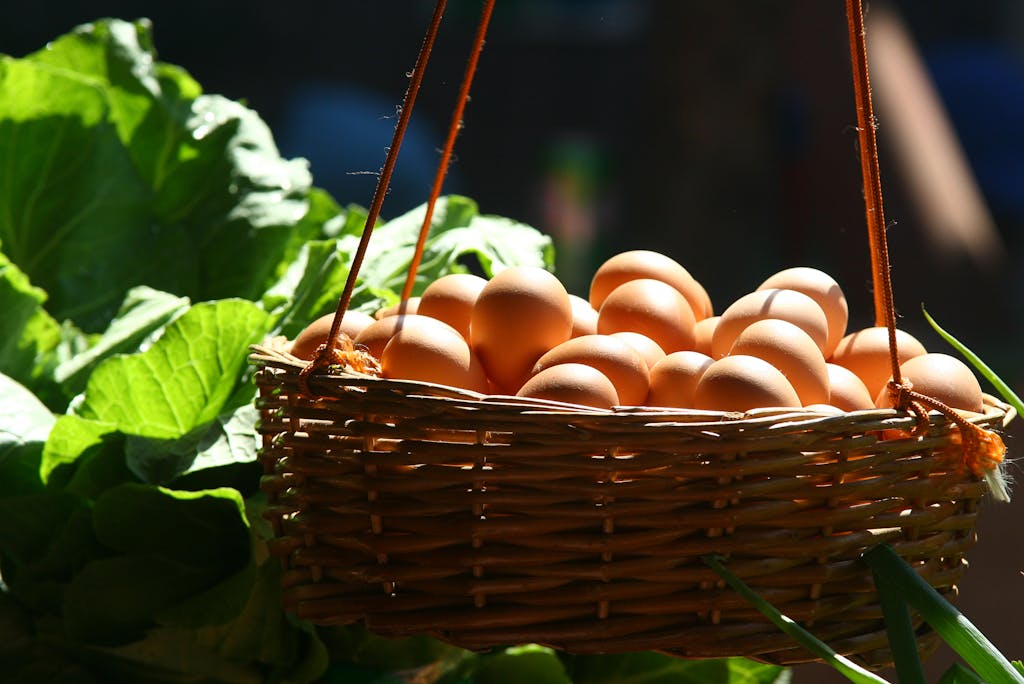
There is an egg-collecting system that works like clockwork.
First things first: I installed roll-away nesting boxes. Game changer!
The eggs gently roll into a protected collection area, which means they stay clean and are less likely to get broken. Plus, it prevents the hens from developing egg-eating habits – something I unfortunately had to deal with before making this switch.
I collect eggs once daily, usually around 2 PM, when most of my hens have finished laying. I keep a dedicated egg basket by the coop with everything I need: egg cartons, a marker for dating the eggs, and a small notebook to track production.
The whole process takes maybe 5 minutes, compared to the multiple trips I used to make.
I also plan on installing a motion-sensor light in the coop for those shorter winter days. This helps maintain consistent laying schedules year-round, which means I can stick to my once-a-day collection routine regardless of the season.
4. Make the Most of Your Freezer Space
I’ve had quite the journey with freezer organization! I remember the day I lost a whole harvest of berries to freezer burn because I didn’t package them well. Lesson learned—never again!
A good vacuum sealer is a must for protecting your frozen goods- seriously, this tool has paid for itself many times over. I package everything in meal-sized portions, which prevents the dreaded “frozen brick of green beans” situation.
Each package is labeled with its contents, date, and quantity using a permanent marker (I learned that regular pens fade in the freezer—who knew?).
I love keeping my chest freezer organized with colorful plastic bins! I have one bin for fruits, one for vegetables, one for meats, and another for prepared meals. To make it super easy to find what I need, I attach an inventory list to the top of each bin and update it whenever I add or remove items.
This seems like overkill until you realize how much time it saves when you’re meal planning or trying to find that last package of corn from last summer’s harvest.
Keep a whiteboard near your freezer to maintain a running inventory. Trust me, it’s way better than playing freezer Tetris whenever you need something specific!
5. Embrace the Power of Lists and Scheduling
You know what truly inspired me in micro homesteading? It was discovering that if I treat my homestead like a project manager treats a business, it can lead to amazing results!
I used to wake up each morning and just wing it, which usually meant forgetting essential tasks or getting overwhelmed by everything that needed to be done.
These days, I live by my homestead planner (nothing fancy, just a regular notebook divided into sections). Every Sunday evening, I sit down with a cup of homegrown mint tea and plan out the week ahead.
I use a simple color-coding system: red for urgent tasks (like harvesting before a frost), blue for maintenance stuff, and green for optional projects.
The real secret sauce is time-blocking. I allocate specific hours for different tasks, working with nature’s rhythms.
For example, I harvest in the early morning when it’s cool, tackle indoor tasks during the heat of the day, and handle animal care at dawn and dusk.
This structure gives me more freedom because I’m not constantly worrying about what I should do next.
And here’s something that took me way too long to learn – built-in buffer time! Things will go wrong, and flexibility in your schedule is crucial for maintaining sanity.
6. Invest in the Right Tools for the Job

I have a carefully curated collection of quality tools that make every task more efficient. My battery-powered pruning shears, for instance, save my hands from fatigue and cut my pruning time in half. Yes, they were pricey, but they’ve more than paid for themselves in time saved.
Here’s what I’ve learned: start with the basics, but get the best quality you can afford. If you buy everything at once but on the cheap, you’ll be buying everything all over again in a few months.
It’s also vital to take good care of your tools. Keep them clean and sharp, and they’ll serve you well for years.
Creating a special tool storage area truly makes a difference, as everything can find its own cozy spot. I even painted outlines for my tools on the shed wall, which makes it super easy to spot what’s missing.
No more wandering around the yard searching for that one trowel I could have sworn I just had!
7. Maximize Your Growing Season With Season Extenders
My gardening was strictly a spring-to-fall activity in the beginning. Now, thanks to some simple season extension techniques, I’m harvesting fresh greens in December and getting a jump start on tomatoes in March.
Building some low tunnels using PVC pipe and greenhouse plastic was key. They’re not fancy, but they work! I can set them up or take them down in about 15 minutes, and they’ve extended my growing season by at least 8 weeks on either end.
Clothespins to secure row covers or plastic to the hoops are cheap, easy to move, and won’t tear your materials like some fancy clips can.
I also invested in a soil thermometer to help me time my plantings better—it turns out that soil temperature is way more important than air temperature for getting those early starts.
I might add some cold frames to my next winter crop. I’ll keep you updated.
8. Delegate Tasks to Family Members
Let’s be real – trying to do everything yourself is a fast track to burnout. I used to be terrible at delegating, convinced that no one else could do things “right.” Well, guess what? Perfect is the enemy of done, and getting help is essential for maintaining your sanity.
I created a simple chore board with daily, weekly, and monthly tasks that need to be done. Each family member (including the kids) has their own color-coded magnets to move around the board.
My 9-year-old is now the official chicken feeder and egg collector, while my teenager handles the composting system. Sure, they might not do things exactly like I would, but the work gets done!
Here’s what works for us: make the tasks age-appropriate, provide clear instructions, and – this is crucial – resist the urge to micromanage.
I’ve found that giving everyone ownership over their specific areas actually leads to some pretty creative solutions. My daughter figured out a better way to organize the pantry than I ever had!
9. Simplify Your Cleaning Routine
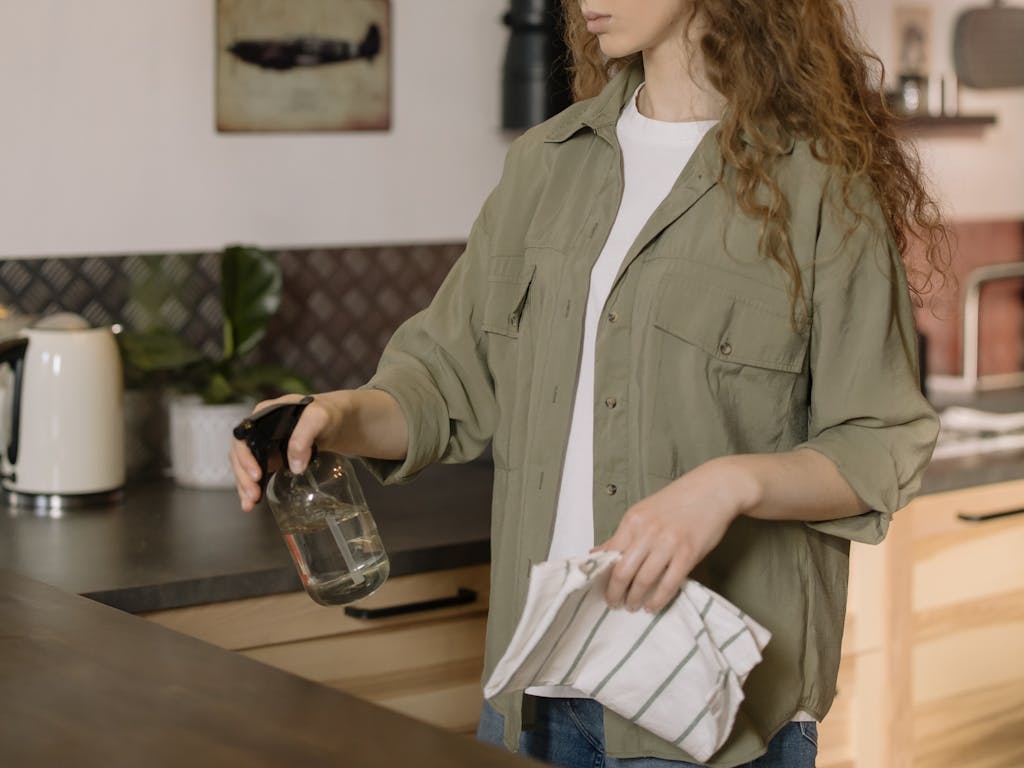
Instead of letting things pile up for one massive cleaning session, adopt the clean-as-you-go method.
I keep cleaning supplies strategically placed around the property —a broom and dustpan in the coop, basic tools in the greenhouse, etc. This means I can tackle small messes immediately instead of having to trek back and forth to the house.
I make big batches of cleaning solution using vinegar from my apple cider vinegar-making adventures, infused with citrus peels and herbs from the garden. Not only is it effective and cheap, but it’s also safe around my animals and plants.
10.Take Advantage of Time-Saving Apps and Tech
Now, I know what you’re thinking – apps for homesteading? Trust me, I was skeptical too! But incorporating some simple technology into my routine has actually helped me stay more connected to my homestead, not less.
I use a garden planning app to track my plantings and harvests, which has eliminated the need for paper records. It sends me reminders about when to start seeds and when to harvest and even tracks my yields. The weather alerts have saved more than a few crops from unexpected frosts!
The real breakthrough came when I started using a project management app to coordinate with my family. We can all see what needs to be done, mark tasks as complete, and even share photos of any issues that come up. No more miscommunication about who fed the chickens or whether the tomatoes got watered!
By implementing even just a few of these strategies, I can practically guarantee you’ll start to feel the weight of homesteading overwhelm start to lift.
Of course, the key is being intentional about trying out these tips and sticking with the ones that work best for your unique situation and lifestyle.
Don’t be afraid to get creative and adapt these hacks to fit your needs. After all, that’s the beauty of micro homesteading – there’s no one-size-fits-all approach.
